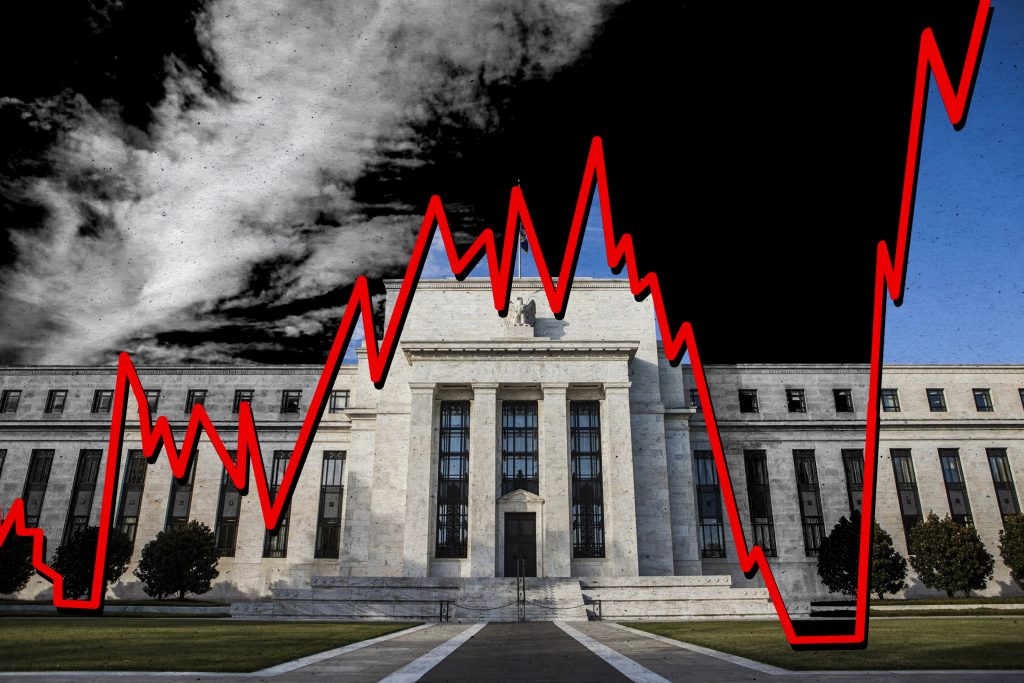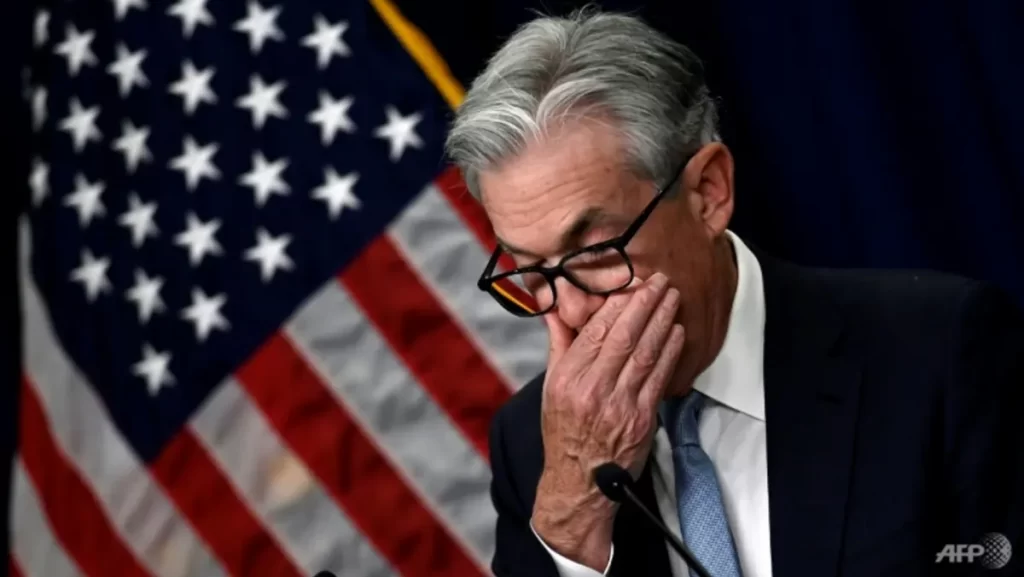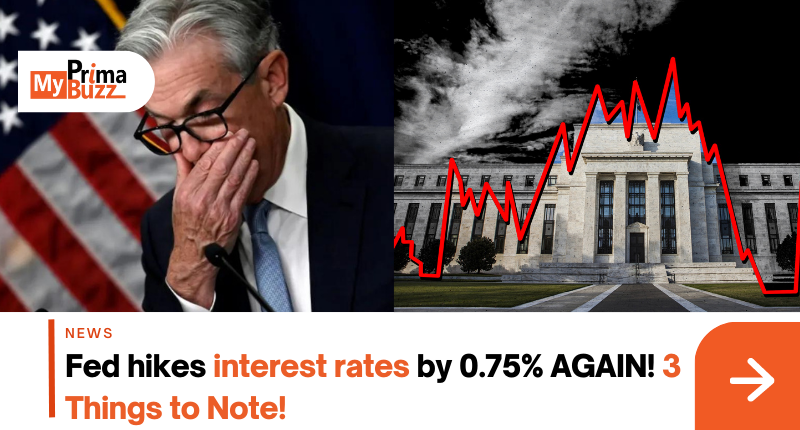To combat untamed inflation, the Federal Reserve raised its key interest rate by another 0.75% on Wednesday — further increasing how much consumers will pay on debt like credit cards, mortgages and other loans.
#1 Is Increasing Federal Reserve Interest Rate a Sign of Recession?
As he explained the logic behind the stiffest interest rate increases in roughly four decades, Fed Chair Jerome Powell was peppered with questions about whether the U.S. economy was in or on the cusp of a recession – a notion he rejected because U.S. firms continue to hire in excess of 350,000 additional workers each month.
“I do not think the U.S. is currently in a recession,” he told reporters after the end of the U.S. central bank's latest policy meeting, citing an unemployment rate that is still near a half-century low and solid wage growth and job gains. “It doesn't make sense that the U.S. would be in recession.”

#2 Impact of the Increased Interest Rate on the Stock Market
The interest rate that impacts the stock market is the federal funds rate. The federal funds rate is the interest rate that depository institutions—banks, savings and loans, and credit unions—charge each other for overnight loans (whereas the discount rate is the interest rate that Federal Reserve Banks charge when they make collateralized loans—usually overnight—to depository institutions).

#3 Impact of the Increased Interest Rate on Inflation
The Federal Reserve influences the federal funds rate in order to control inflation. By increasing the federal funds rate, the Federal Reserve is effectively attempting to shrink the supply of money available for making purchases.
This, in turn, makes money more expensive to obtain. Conversely, when the Federal Reserve decreases the federal funds rate, it increases the money supply. This encourages spending by making it cheaper to borrow. The central banks of other countries follow similar patterns.
Rate hikes increase the costs of borrowing money, which can help slow inflation. But they also result in added costs for consumers already dealing with elevated prices for goods and services.

